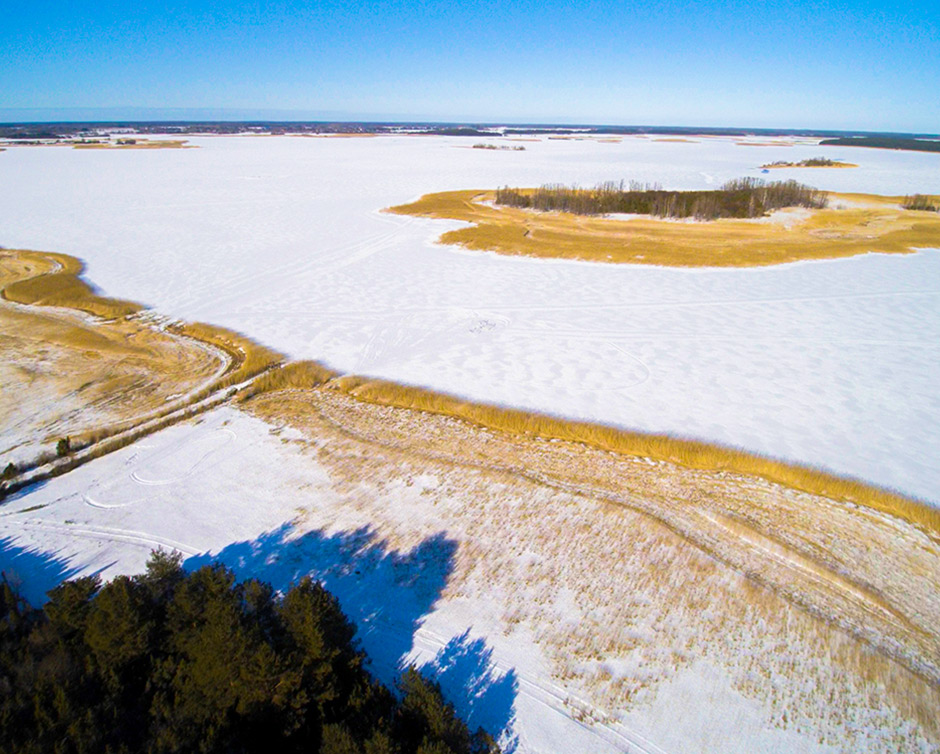
Estonian coastal gulfs and lakes contain large amounts of lake mud (sapropel) and sea mud (peloid), which forms when particles of sand, tumult, and rod carried to waterbodies or decayed organic matter, which lived there or was carried there from the catchment area, are deposited to the bottom of the waterbody. Peloid is a Neptunium sediment that predominantly consists of mineral substance: more than 5% of the dry matter mass is organic matter. The size of grains is also important: peloid must not contain more than 3% of 0.1–1.0 mm fraction. Curative mud must not contain grains larger than 1.0 mm in size.
The structure of mud is mainly formed by crystal skeleton, colloidal complexes, and a liquid mud solution phase. The composition and ratio of the phases determine the properties of the curative mud. The development process of sea mud is also affected by the atmospheric emission, the shore erosion of waterbodies, resuspension, and anthropogenic factors: air pollution and the inflow of wastewater from settlements and industries. Knowing the concentration of heavy metals (Pb, Cd, Zn, Cr, Cu, Ni, Sr) in mud is necessary due to their harmfulness to humans at high concentrations. In Käina Bay anthropogenic factors had minimal impact and concentration of heavy metals in sea mud is very low.
Location


